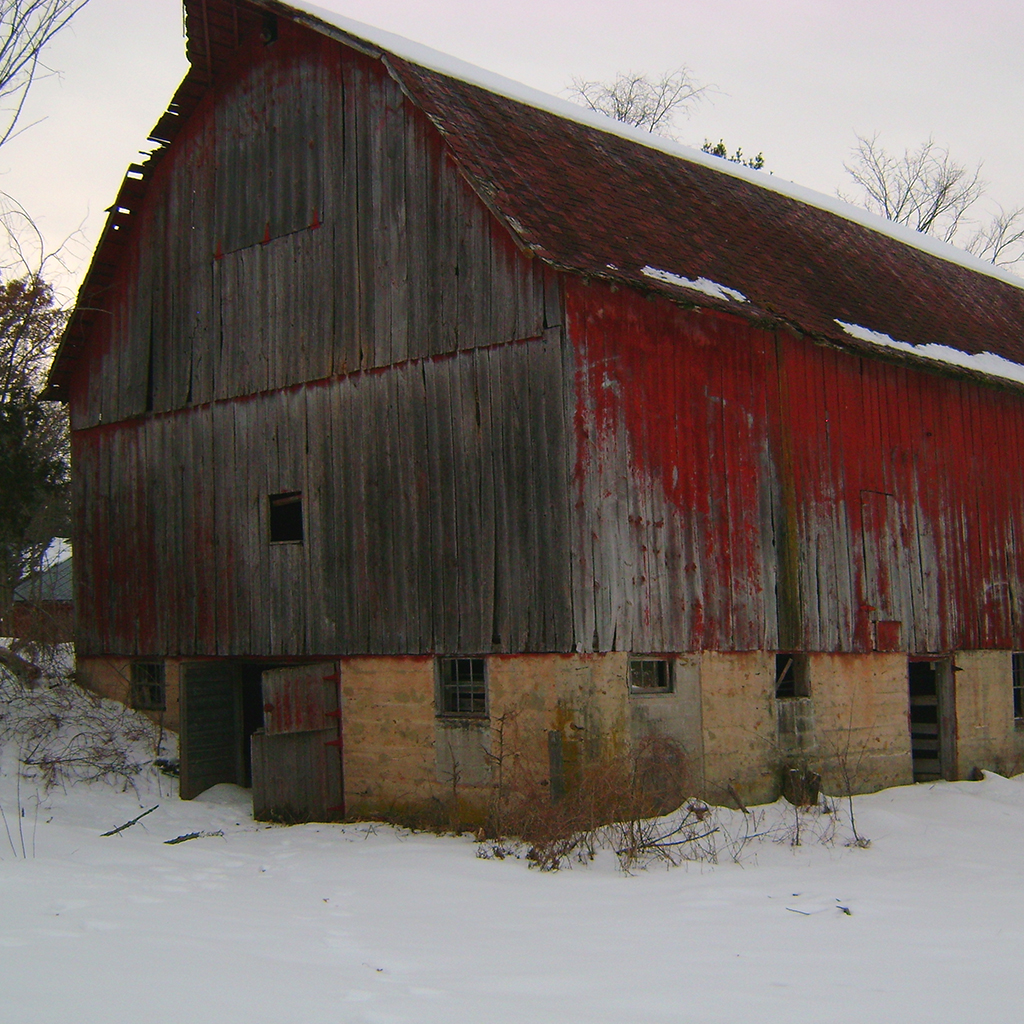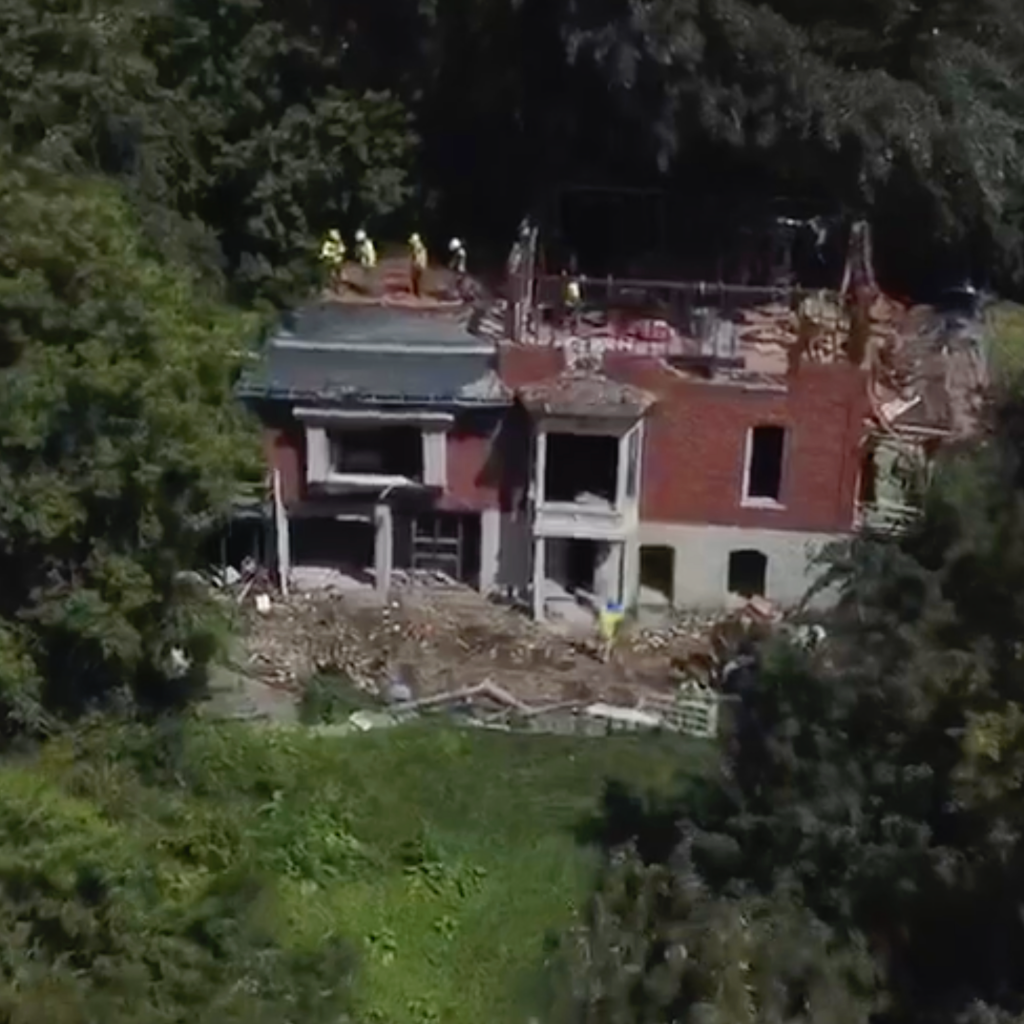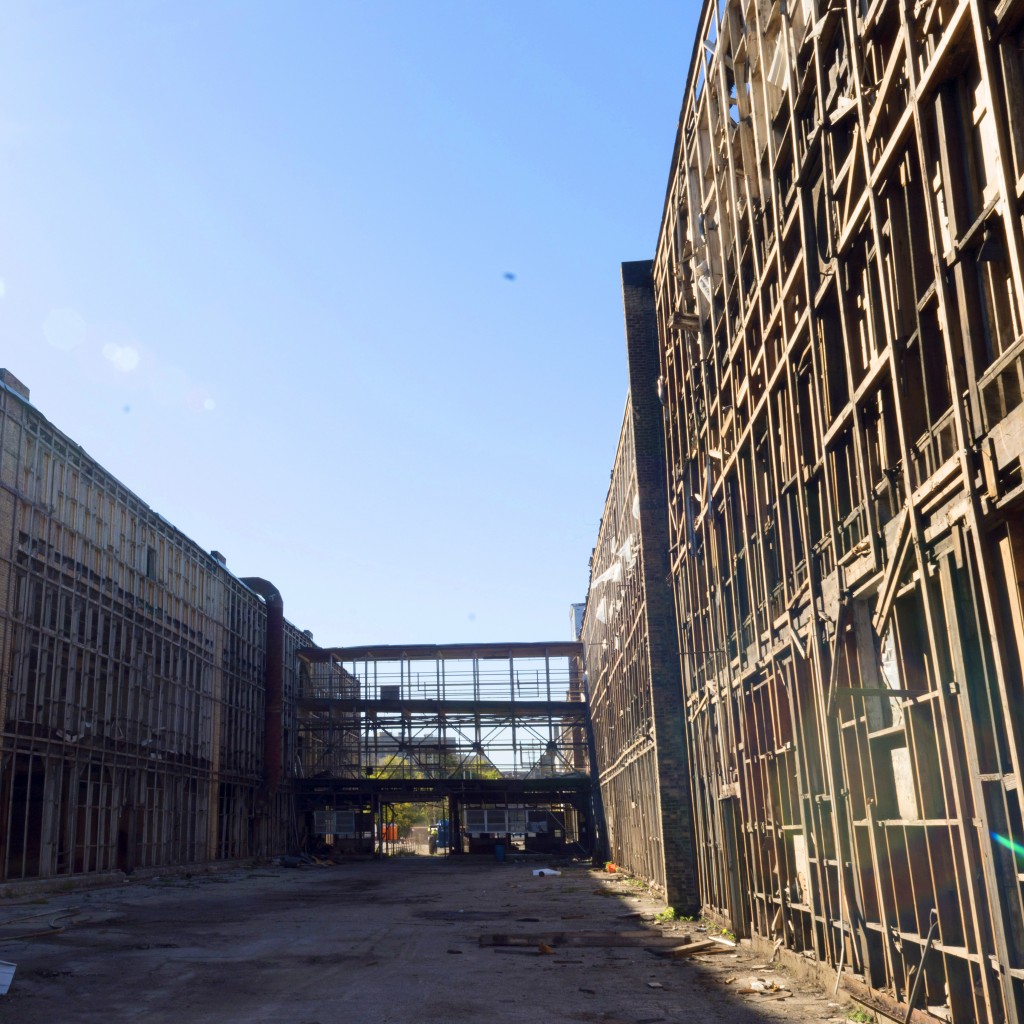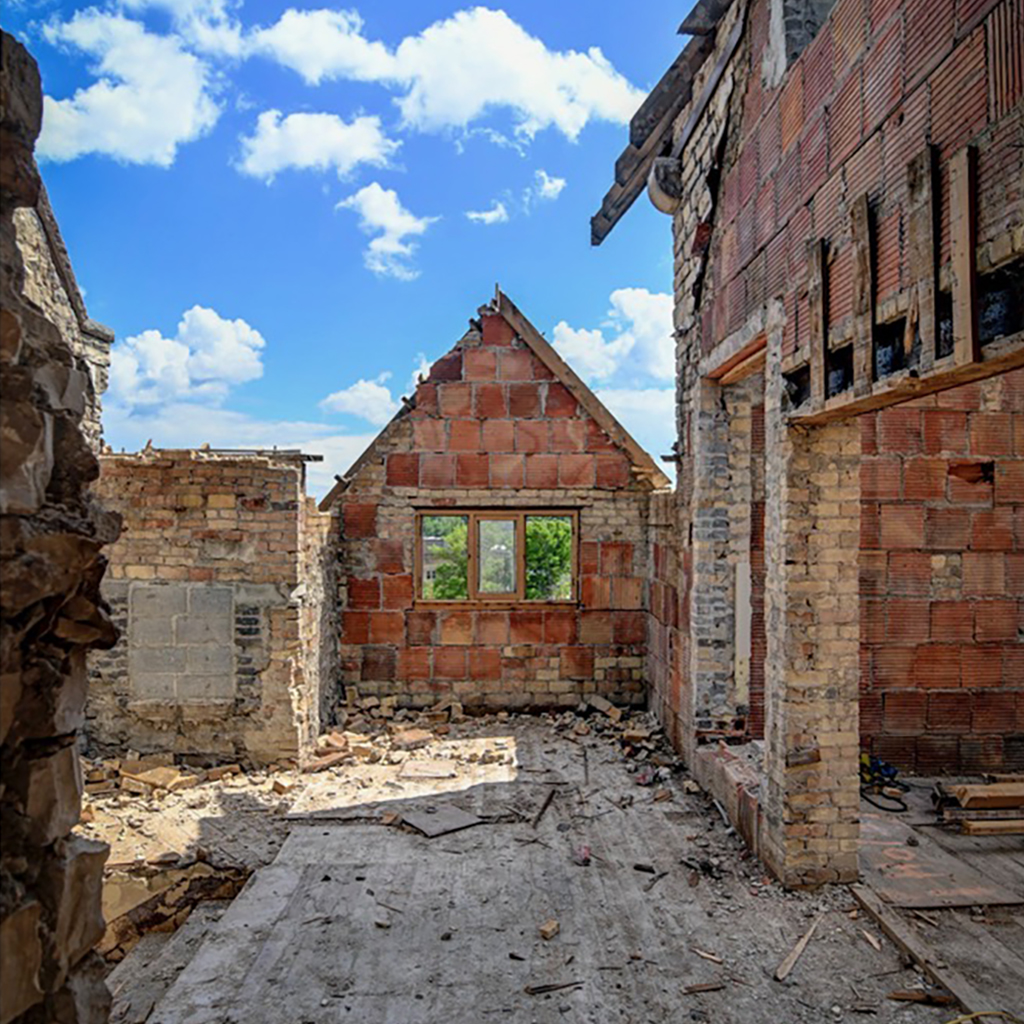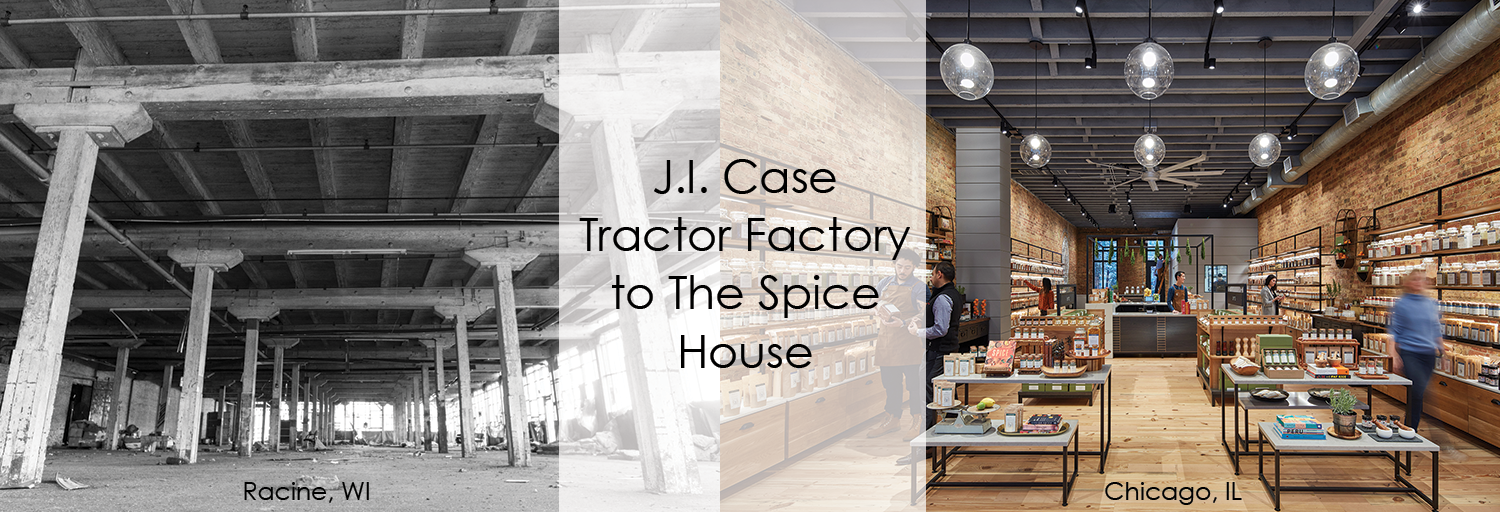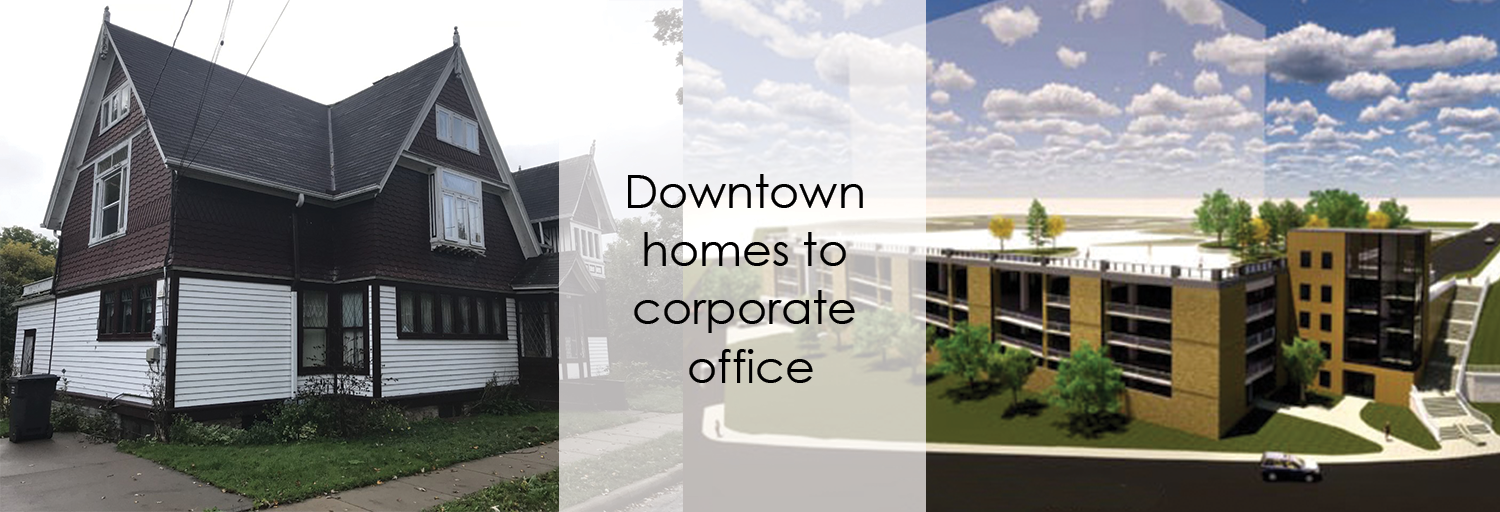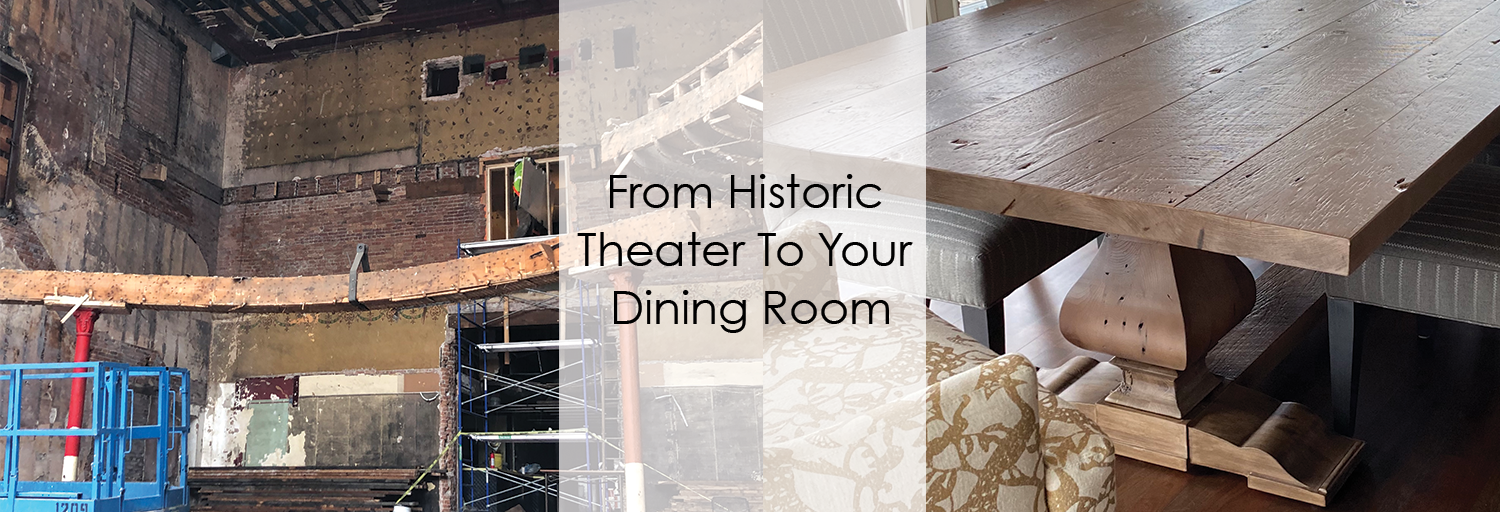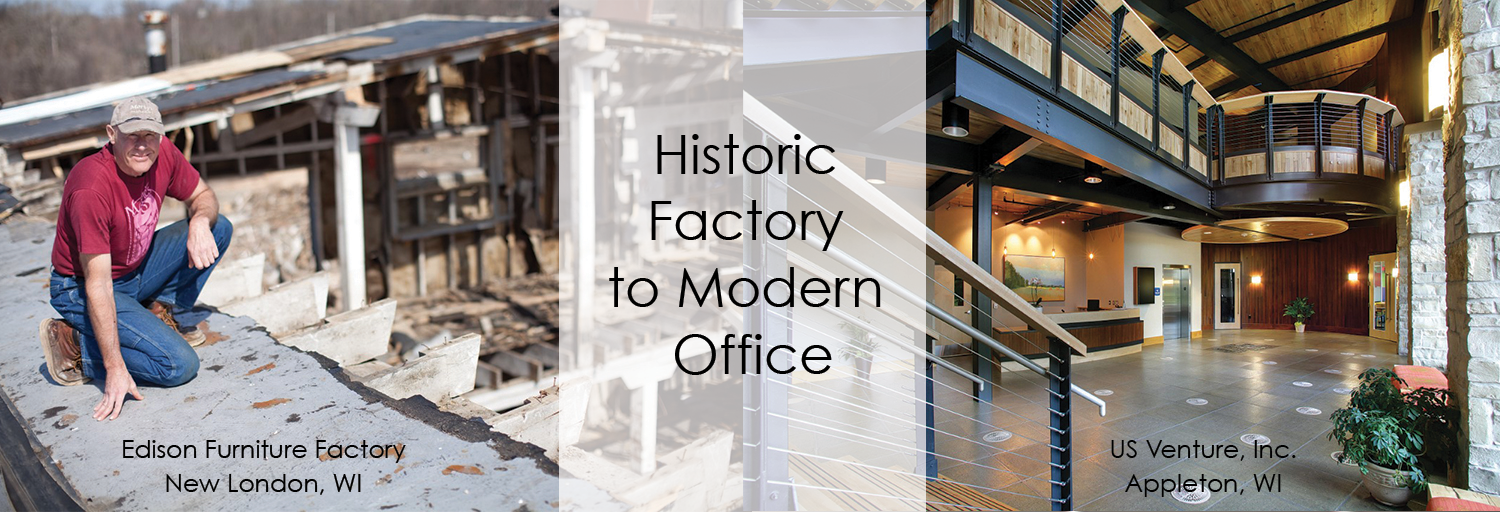Reclaimed Wood
Materials sourced from old world, quality constructed spaces
While most of our materials are salvaged from barns, factories and schools, we have expanded our reclaimed reach to include homes and other structures with an aim to keep all building materials out of the landfill.
Deconstruction & Reclamation
Urban Evolutions has nearly 25 years of experience in collaborative material design and offers an expanding supply of products that allow us to meet all of our customer’s wood needs.
Our design and production team give us the ability to provide quality and innovation in flooring, cladding, lumber and timbers as well as manufactured, reclaimed wood surfaces, furniture, and fixtures. Watch our video to learn more.
“Less harm, more good” embodies the ethos of Urban Evolutions.
The good is quite simply a love and respect for old materials, their character, structural integrity, and aged beauty. The good is celebrating these attributes in the projects and products that we create for and with our customers.
As we have become more aware of the dangers posed by climate change, our focus has expanded to include the impact that material reuse can have on our communities and the planet. We have formalized our deconstruction practices to include education programs and services targeted towards architects, builders and property owners.
Our goal is to encourage the construction industry to rethink the wrecking ball entirely, allowing our partners in the recycling industry to deconstruct and dismantle all buildings, keeping those material out of the landfill and available for recycling and reuse. Sometimes the greatest good is to do less harm. Choosing quality reclaimed materials for your future projects and accepting responsibility for preserving or recycling those that came before.
Read more about our Deconstruction and Reclamation services.
Case Studies
The Circular Economy
And Its Impact On Design
Nassia Inglessia, artist, engineer, and designer, challenges us to “live within our planetary limits.” In the architectural and design world, the circular economy may hold the answer.

In a circular economy, waste does not exist.
The goal is to create a healthy economy for all people and the plant so materials that are used to construct products and building are kept in circulation.
In the design community, circular economy principles are creating a sea change in how designers conceive of and interact with their materials at every stage of product and building development.
Living within our planetary limits can and show direct and, in fact, limit our choices for materials.
However, following the old adage that necessity is the mother of invention, these limits are inevitably leading to the discovery and creation of new, reusable, planet-healthy. materials, spurring a renaissance in the world of sustainable material design and development.
Let’s review and compare progress in product design and architectural design. Visit our blog to read more.
Contact Us

